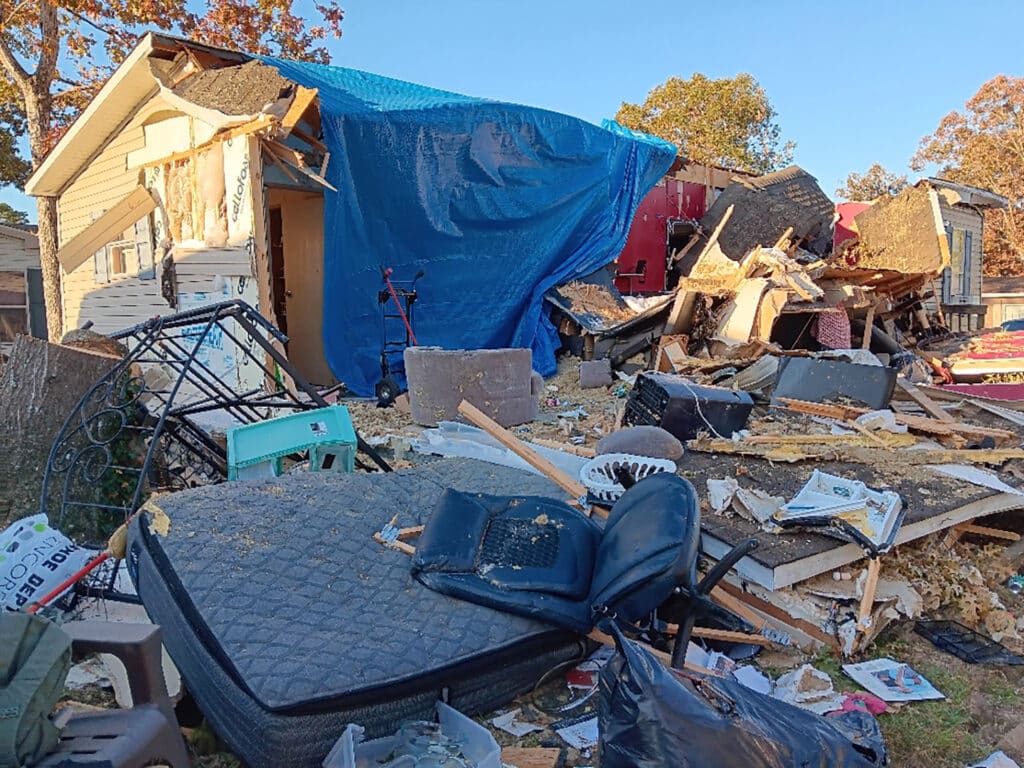EDITOR’S NOTE: Often death represents an opportunity for Christians to tell about the hope available in Christ. Such evangelism occurs in one-on-one encounters with grieving individuals and at funeral services where ministers can share the gospel with scores of mourners. Thankfully, the Lord has brought many people to Jesus through bereavement ministry.
In this issue of the TEXAN you’ll find a story package on how ministry amid grief has led to opportunities for ministry to and by Southern Baptists, as well as equipping resources for grief ministry.
As international people groups continue to move to Texas, opportunities to reach out and meet the needs of people grow?whether celebrating a birth or grieving a death. In the latter case, insensitivity to their unique customs of grieving may inhibit ministry unintentionally.
Southern Baptists who have lived and worked across the world in mission settings shared with the TEXAN their observations of mourning in various cultures and offered advice for helping grieving survivors. As churches meet and minister to people from these regions, they should consider the culture from which they come.
CENTRAL EUROPE
In this region mourning is loud, and death is an occasion for family gatherings.
“Burial is done much more quickly?body in the ground within 24 hours,” one missionary wrote in an e-mail. “Huge family affair?folks come from all over. Mourning is expected, be it feigned or real, and can be deeply emotional and expressive.”
Wakes at the home of the deceased are common and easily recognized because the coffin typically is propped up outside the front door.
Grieving is also more drawn out in Central Europe than in the United States.
“Forty days after the death, family gathers again at the graveside,” the missionary wrote. “Special food is eaten both during the days of mourning and on the 40th day.”
SOUTHEAST ASIA
In this highly Muslim area, attitudes toward death are fatalistic and grief is downplayed.
A Southern Baptist missionary experienced this firsthand when ministering to a widow whose husband died in a traffic accident.
“When we went to visit the widow of the guy who died, she light-heartedly said she had some pictures to show us and brought pictures out of them washing her dead husband’s body,” the missionary said. “She showed them to us like they were just normal family pictures.? She was just matter-of-fact about the whole thing.”
Muslim custom dictates that burial occur the same day as death, but sometimes it is postponed until the following day, the missionary said. Friends and family hold memorial services on the first day, seventh day, 40th day and 100th day after death to pray for the deceased.
WESTERN PACIFIC
Cultural Buddhists and Shintoists in Japan view death with deep despair.
“Black is the expected traditional attire for funerals,” a believer of Japanese ancestry said, “not glossy or with a sheen, but stark, inky black not just for solemnity, but to reflect the deep sorrow and utter hopelessness of death.”
She said that Christian hope around her grandfather’s deathbed confused Japanese doctors and nurses but led to an opportunity to share the gospel.
“Typically, the atmosphere around the dying is somber, so hospital personnel voiced concerns thinking that the family was unaware of the gravity of [my grandfather’s] condition because everyone was so ‘happy,'” she said. “They couldn’t believe we were rejoicing and singing while awaiting death.”
A former missionary in Japan added that the culture has an inclination to memorialize and idolize the dead.
SOUTH AMERICA
Missionaries from both Eastern and Western South America reported that locals treat death as a stark reality of life and mourn in a private, subdued manner.
“In Brazil, our experience has been that death is not ‘laundered’ as much as it is in the States,” one missionary said. “That is, its impact is not softened as it is here. Normally, there is no embalming or grand efforts to make the corpse look like it is merely resting. Often one is buried in the clothes in which he died.”
Burial can occur the same day as death, and public displays of grief are muted.
“Regarding grieving, it occurs of course,” the missionary said. “But we have yet to see great public displays of grief at a funeral or burial. I guess you could say that death tends to be seen more in its starkness, and little effort is made to soften its blow to family and friends.”
A missionary who served in Argentina said crying occurs in private and with family. He added that the best way to minister to grieving Argentines was simply sitting with them and expressing care.
MIDDLE EAST
Mourning varies from country to country in this region, according to missionary reports. But one common feature is separating men and women to mourn.
In one nation, a missionary said public expressions of sadness, like wailing and weari














